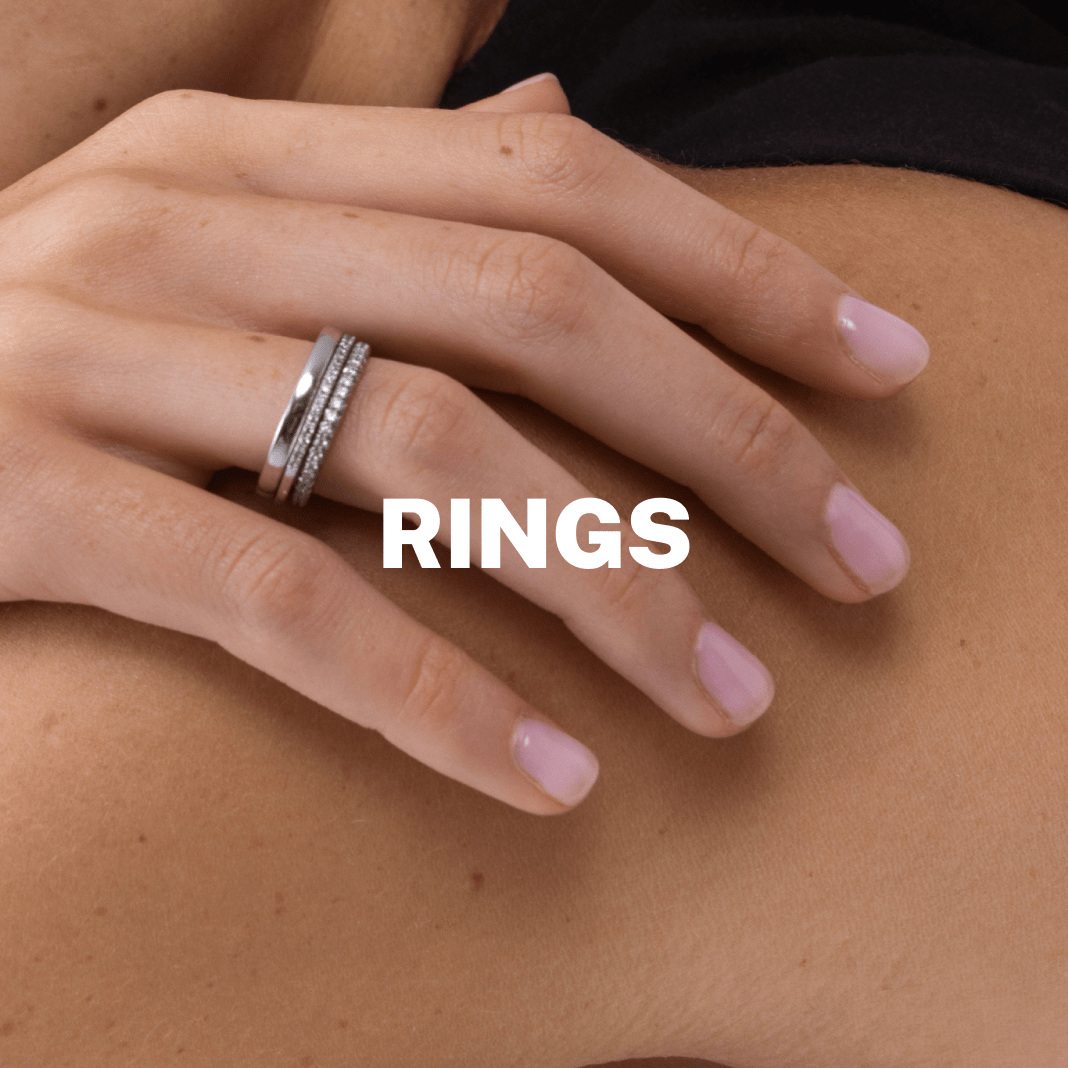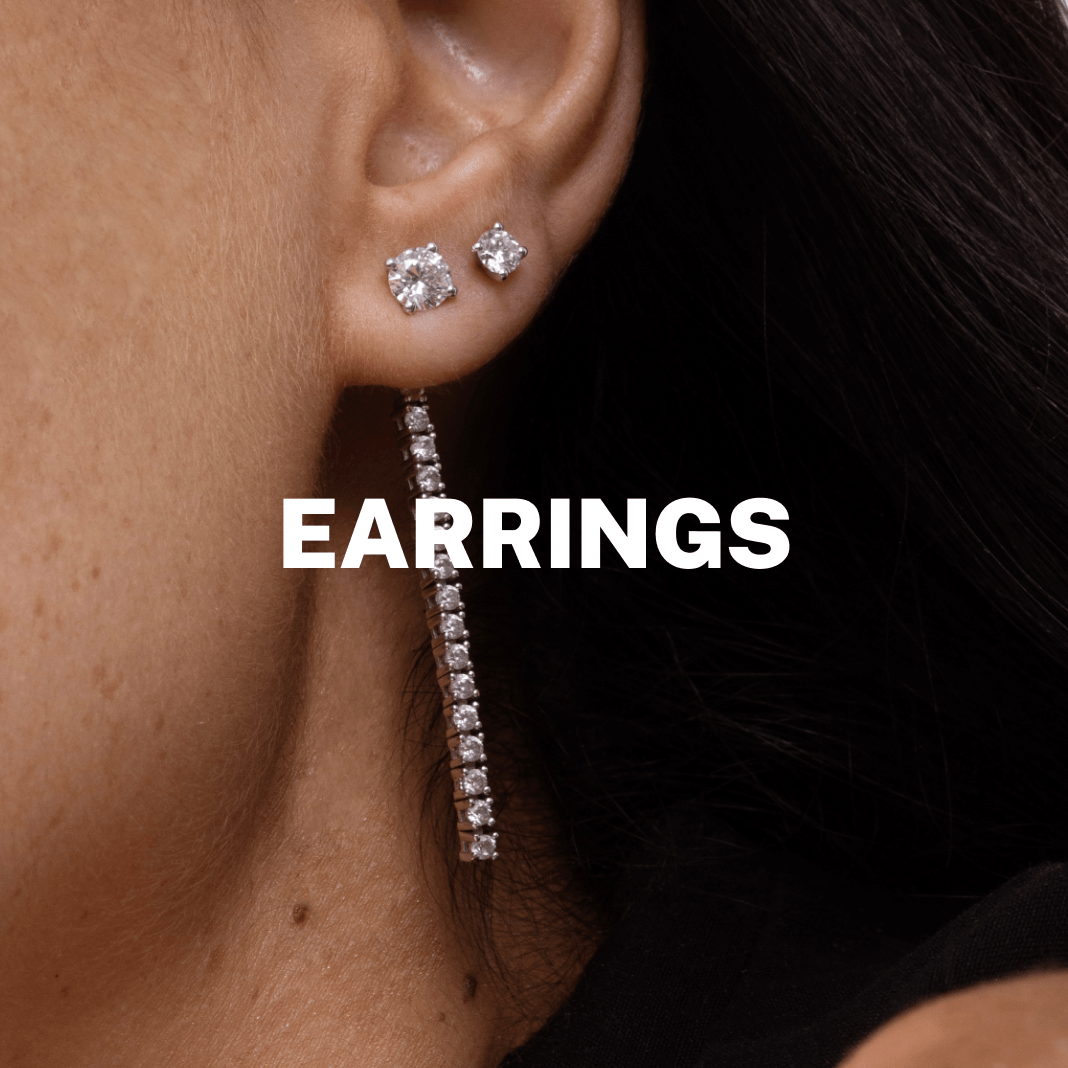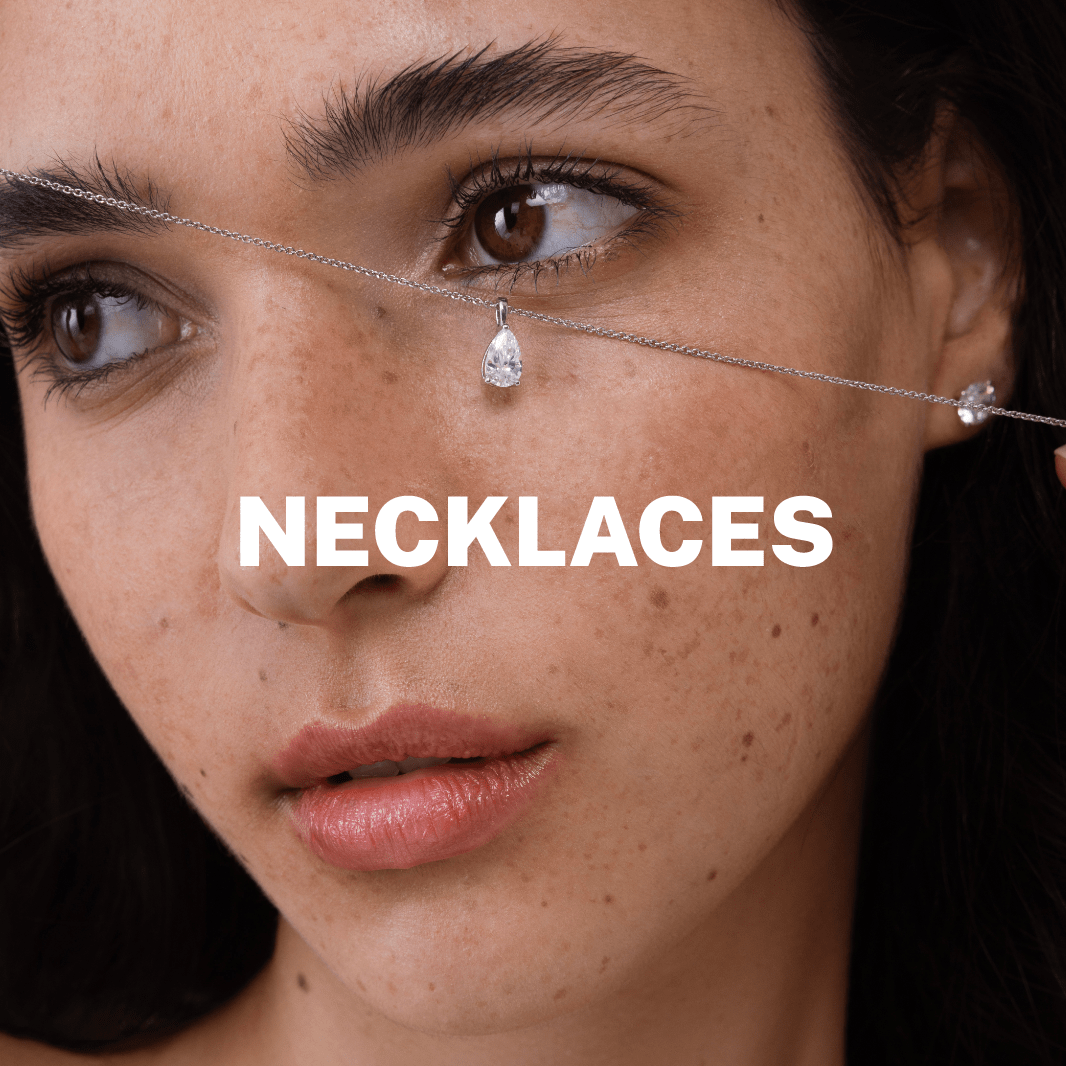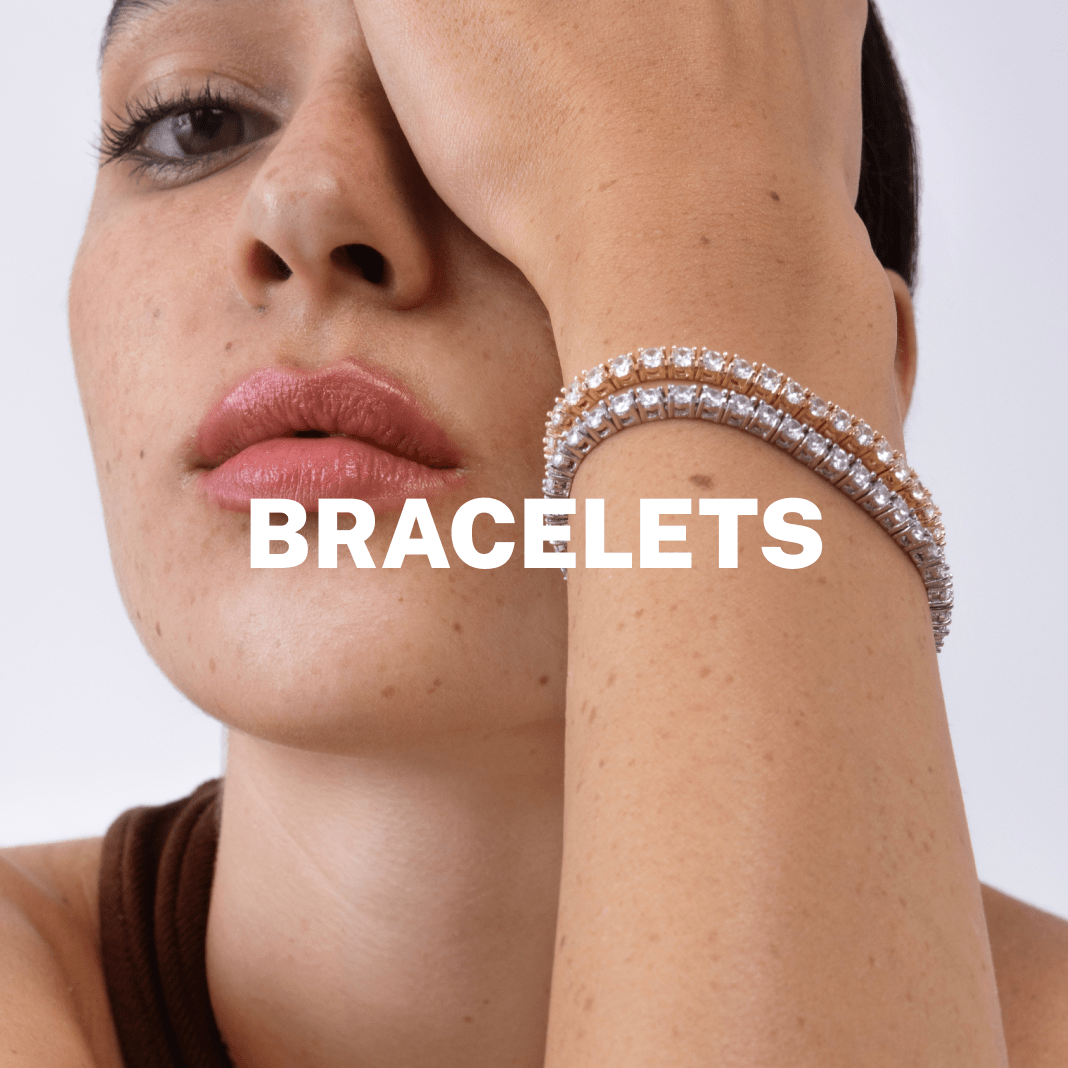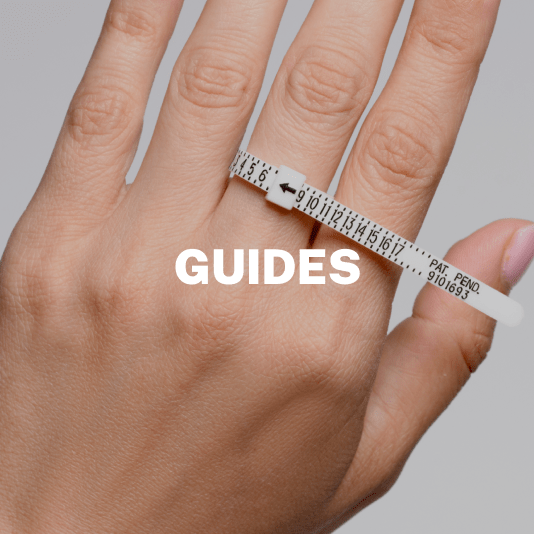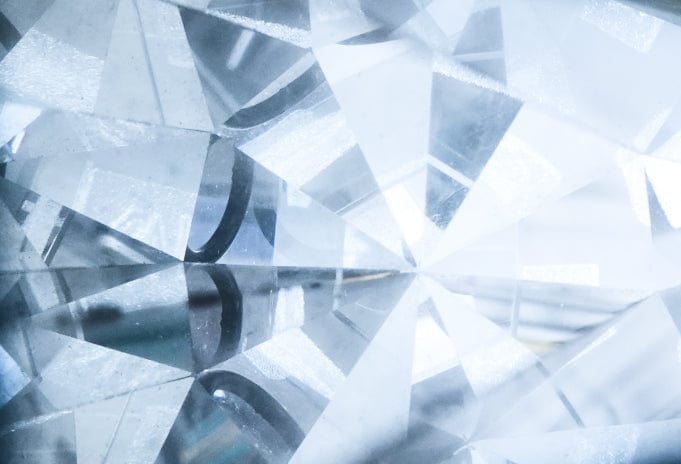
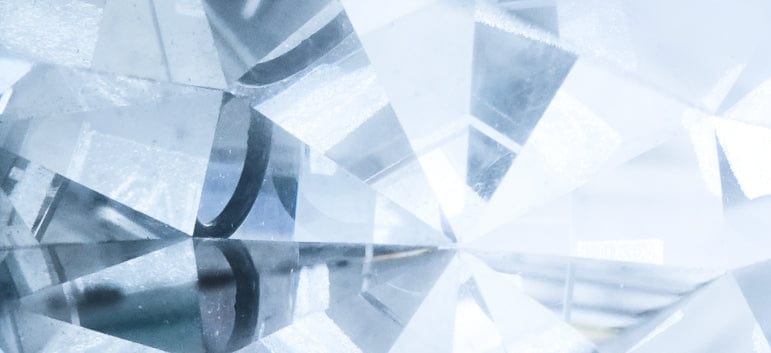
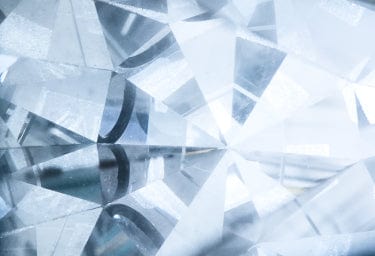
Diamond Carat
Diamond Carat Size Chart
Below is a chart of average mm to carat measurements of well cut diamonds for the top 10 diamond shapes. Diamond length - width ratios are displayed for consistency of measurements.
Diamond carat has the most significant influence on the value and price of a white diamond. Carat weight (0.2 grams) refers to the weight of the stone and not its size, however the two are of course related. The actual carat size will depend on the way the diamond is cut; both its shape and the proportions in length, width and depth.
HOW BIG IS A CARAT?
We often get asked “how big is a 1 carat diamond?” As we can see in the carat size chart above, it’ll depend primarily on the shape of the diamond. With deep cut diamonds or with a thick girdle, you can expect smaller face up sizes, with shallow cuts, you can expect a slightly larger mm size. With fancy shapes, it’ll also depend on the length-width ratio (for example a more elongated or square proportioned diamond).
ACTUAL CARAT SIZE ON HAND
Despite the huge advantages to purchasing an engagement ring online, such as the vast selection and far superior value for money, there are still some challenges. One of the most significant challenges is to visualize what the diamond will look like when worn - specifically, how big the stone is for each shape and carat weight. The carat on hand chart above shows exact proportions for average sized stones for each of the 10 popular diamond shapes on a lady's hand with a 2mm ring. Holding your own hand to the screen will help show the scale.
If you’re still not able to visualize the size on your hand, check out our sister site, Sure Story. Custom design and receive a 3D printed version of your engagement ring so you can try it on at home - without ruining the surprise! See the details of your design, feel for comfort and fit and the carat weight and proportions on your hand.
|
Carat |
PPC (price per carat) |
Total |
|
¼ carat |
$1000 |
$250 |
|
½ carat |
$2000 |
$1000 |
|
1 carat |
$4000 |
$4000 |
|
1 ½ carat |
$6000 |
$9000 |
|
2 carat |
$8000 |
$16000 |
As we can see, if we assume as above that the price per carat increases proportionally to the carat weight, when we multiply the PPC by the carat weight, the total cost for the stone significantly increases as we go up the carat weight scale.
How much is a 1 carat diamond worth?
The value of any diamond is going to depend primarily on the type of diamond and 4 C’s of diamond quality, including the carat weight, color, clarity and cut. In addition, as different shapes are cut from different amounts of raw diamond, with different supply and demand, this will also influence the price.
So how much does a 1 carat diamond cost?
A one carat diamond can range in price from anywhere as low as $500 all the way up to $10,000. To better understand how each characteristic of a diamond affects its price, let’s look at the main differences between 1 carat diamonds:
Diamond Type
100% natural, earth-mined diamonds are the most expensive in the category and are traditionally the most popular choice. Eco-friendly lab-created diamonds are real diamonds, identical in every way to mined diamonds, but will cost up to half the price due to their origin. In between are clarity enhanced diamonds which will cost around 35-40% less than untreated natural diamonds.
Color
Extremely rare naturally fancy colored diamonds, such as fancy vivid pink, are tremendously more expensive than diamonds in the white diamond scale, whereas a brown diamond can be a fraction of the cost. Within the white diamond scale, colorless diamonds in the D-F range are the most expensive and can cost anywhere from 20%-100% more when compared to near-colorless G-I colored diamonds.
Clarity
The clarity grade of a diamond will also affect the price of a 1 carat diamond, with the highest grades (usually more than you need) costing as much as 35% - 120% more than a well picked SI1 diamond that will look the same to the naked eye.
Shape
The shape of a diamond will affect the price, with trends mostly influencing the rise and fall in price of fancy shapes. Round brilliant cut diamonds have long dominated the market as both the most popular and usually the most expensive choice by a small margin. However, in certain quality, type and carat ranges, due to limited supply, fancy shapes can often fetch a premium.
Certification
Finally, as not all diamond grading is equal, you’ll also want to be aware of the different types of diamond certification. The gold standard of diamond grading is the GIA and you can expect to pay a premium for their strict grading and reputation. This, however, can save you money with the guaranteed assurance you’re getting the diamond quality you’re paying for.
Prioritizing the cost of your diamond
2 carat diamond
As we saw in the above example on price per carat, we can see that it’s not just a simple matter of 2x the carat weight, so 2x the price. In addition to the increase in price per carat due to the increase in carat weight, we can expect that all the above characteristics that affect the price of a 1 carat diamond will have an even more significant effect on the price of a 2 carat diamond.
With 2 carat diamonds, you’ll want to aim for the highest quality you can afford, so as to avoid visible eye sores. Compromises worth considering to keep costs down would be treated or lab grown diamonds, alternative shapes, lower color grade (especially if not for a white metal) and lower on-paper clarity that’s well picked. Another excellent way to save is by choosing fluorescent diamonds - these can save you 10-20% without any compromise on aesthetics.
1.5 carat diamond
The larger the diamond, the more significant the quality characteristics of the stone. Carefully chosen clarity for an eye clean diamond and a well cut stone for brilliance are even more important once we reach the 1.5 carat mark. Color also starts to be more sensitive as lower color grades have more surface area on the facets, so J-K grades will face up slightly tinted and are more recommended for rose or yellow gold jewelry.
1 carat diamond
When choosing a 1 carat diamond, you’ll want to take more care with the clarity and cut of the diamond as these can greatly affect the appearance of the stone. SI1-SI2 diamonds offer the best value for money, but would need to be carefully selected to ensure they are ‘eye clean’. For step cut diamonds such as emeralds and asschers, VS1-VS2 is usually recommended.
1/2 carat diamonds
The size of a ½ carat diamond (or lower) will allow you on the one hand to compromise on the quality of the diamond without sacrificing the visible appearance and on the other hand to invest in higher quality should you want to, at a relatively low price difference.


Diamond Carat FAQs
How is carat weight different from the size of the diamond?
Carat weight is a measure of how much a diamond weighs, while the size refers to the diamond's visible surface area. These two aspects are related but not identical; the actual size of a diamond's face depends on its shape, cut, and carat weight.
Is it better to get one large diamond or multiple smaller ones that total the same carat weight?
Opting for a single, large diamond typically comes at a higher price point due to its rarity and value. However, the choice between one large diamond and multiple smaller ones ultimately depends on your budget and design preferences. From a value standpoint, a single diamond is superior, while the aesthetics and budget considerations are subjective.
What is the average carat weight for engagement rings?
In the U.S., the average carat weight for engagement rings hovers just below one carat. However, states like New York, California, and Texas see higher averages, ranging from 1.5 carats and up. In Europe, the average tends to be around 0.5 carats. Your choice should align with your personal style and budget.
Do certain diamond shapes appear larger for the same carat weight?
Yes, the perceived size of a diamond can vary depending on its shape and cut. For more information on how different shapes affect size perception, consult our shape guide or the carat weight charts we provide.
What are "pointer" diamonds and how are they used in jewelry?
A "pointer" refers to a diamond that weighs 0.01 carats or, simply put, 1 point. This term is usually applied to smaller accent diamonds and provides an alternative way to express their carat weight.
Are there any downsides to choosing a high-carat diamond?
Opting for a higher-carat diamond has its challenges. As the size increases, so does the visibility of any imperfections. The price also rises sharply, and you may find yourself needing a diamond with higher clarity, further elevating the cost. Clarity-enhanced and lab-grown diamonds offer a more budget-friendly route for those desiring larger stones.
